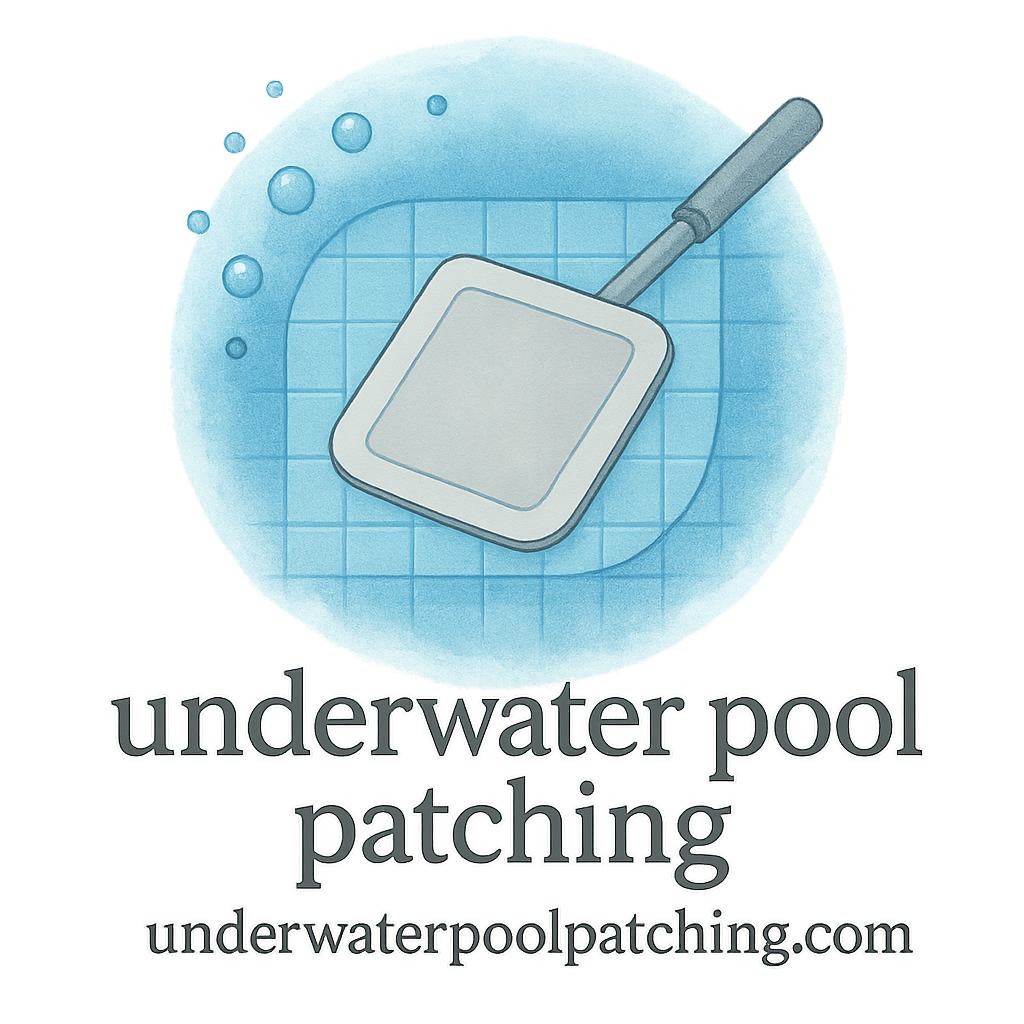Is your pool leaking water faster than a sponge in a waterfall? Don’t panic! If you’ve discovered a sudden leak or damage in your pool lining, a quick-setting patch can be your lifesaver. Let’s dive into the best solutions to stop water loss underwater—fast, effectively, and without draining the pool.
Why You Need Quick-Setting Patches
The Trouble with Pool Leaks
Leaks are sneaky. They often start small and go unnoticed until you’re losing gallons of water a day. Worse yet, if the damage spreads, it could cost you thousands in repairs. If you spot a leak, acting immediately is your best move.
The Advantage of Emergency Fixes
Quick-setting patches help you regain control instantly. Think of them as pool Band-Aids—fast, strong, and perfect for emergencies until you can get a professional fix from Underwater Pool Patching.
What Makes a Patch “Quick-Setting”?
Setting Time Explained
A true quick-set patch cures underwater within 5–30 minutes. This means you can apply it without draining and still stop the leak effectively. Time is of the essence when water is escaping fast!
Underwater Compatibility
Not all patches are equal. Only some materials are designed to adhere and cure underwater. These include epoxy, rubber-based compounds, and special adhesives, many of which are discussed in our guide on patch types & materials.
Top 5 Quick-Setting Underwater Pool Patches
1. Epoxy Putty Stick
Features
- Comes in a roll—you break off what you need
- Moldable by hand
- Sets in 5 to 10 minutes underwater
- Works on vinyl, fiberglass, tile, and concrete
Best Uses
This is a go-to emergency patch for cracks and holes in hard surfaces like concrete pools. It’s also great for sealing around fittings and lights. Check out epoxy-related tips for more usage ideas.
2. Vinyl Patch Kit with Adhesive
Features
- Includes a patch and underwater glue
- Transparent or colored patches available
- Dries in about 30 minutes underwater
Best Uses
Perfect for vinyl liners. If your pool has a liner tear, this is your friend. Learn more about this at vinyl repair maintenance.
3. Peel-and-Stick Pool Patches
Features
- No glue needed
- Waterproof backing
- Pre-cut circles and rectangles
- Apply and press firmly—sets instantly
Best Uses
If you want the easiest fix possible, these are for small holes or rips. Great for quick home fixes while waiting for an inspection. For more info, check diagnosis and inspection advice.

4. Rubber-Based Liquid Patch
Features
- Brush-on or roll-on formula
- Can be used underwater
- Seals flexible or irregular surfaces
- Cures in under 30 minutes
Best Uses
Best for non-structural leaks or vinyl seams. This is an excellent choice when dealing with larger but shallow surface damage. Related info: cost-saving prevention tips.
5. Pre-Cut Flexible Repair Pads
Features
- Thick and strong
- Often made from reinforced vinyl
- Ready to go—no trimming necessary
- Work underwater with special adhesive
Best Uses
These patches are awesome when you’re dealing with irregular rips or edges. See more at edge finish and smoothing.
How to Apply Emergency Patches Correctly
Step-by-Step Guide
- Clean the Area – Wipe away algae or debris
- Cut the Patch (if needed) – Round the edges to prevent peeling
- Apply Adhesive or Press Patch – Follow instructions carefully
- Hold or Press for 30–60 Seconds – Maintain pressure
- Let it Cure – Leave undisturbed for the recommended set time
For detailed techniques, visit repair techniques.
Common Mistakes to Avoid
- Don’t skip surface cleaning
- Don’t patch over air bubbles
- Don’t use indoor adhesives outside
- Don’t ignore follow-up inspections—book one at inspection & diagnosis
When to Call the Pros
If your patch won’t hold, or the leak keeps returning, it’s time to bring in professionals. A temporary patch is just that—temporary. For long-lasting solutions, contact Underwater Pool Patching and explore restoration services.
Long-Term Maintenance After a Quick Fix
Preventing Future Leaks
After an emergency patch, focus on prevention. That includes using a maintenance plan and performing routine checks to catch issues early.
Inspection and Routine Checks
Regular inspections are crucial. Use our guide on routine checks and pressure tests to ensure long-term peace of mind.
Conclusion
Quick-setting underwater patches are your best bet when disaster strikes in your pool. From epoxy putty sticks to rubber-based liquids, there’s a fix for almost every underwater situation. But remember: these are just the first step. To make sure your pool stays safe and watertight for the long run, regular inspections, smart maintenance, and knowing when to call in the experts are just as important.
Keep your cool—and your pool!
FAQs
1. Can I use a quick-setting patch on a major leak?
Small to medium leaks—yes. For major structural damage, call a pro right away. Learn more about diagnosis here.
2. Are quick-setting patches safe for swimmers?
Yes, most are non-toxic once cured. Check product labels for safety.
3. How long will these patches last?
Depends on the material and patch type. Some last weeks, others months. For patch life guidance, check this tag.
4. What’s the best patch for vinyl liner tears?
A vinyl adhesive patch kit or a peel-and-stick patch works well.
5. Can I apply these patches in cold water?
Yes, but cure time may increase. Check temperature guidelines on the package.
6. Should I always test for pressure after patching?
Absolutely! Use a pressure test to confirm the leak is sealed.
7. How can I save money on future repairs?
Use a regular maintenance plan and act early. Prevention = savings!


